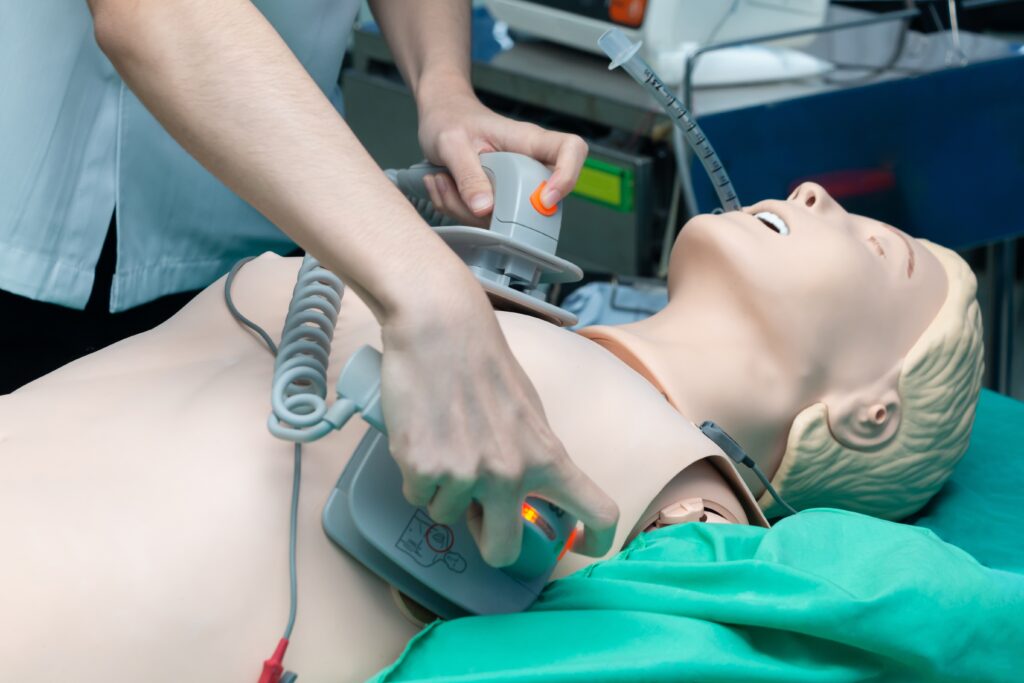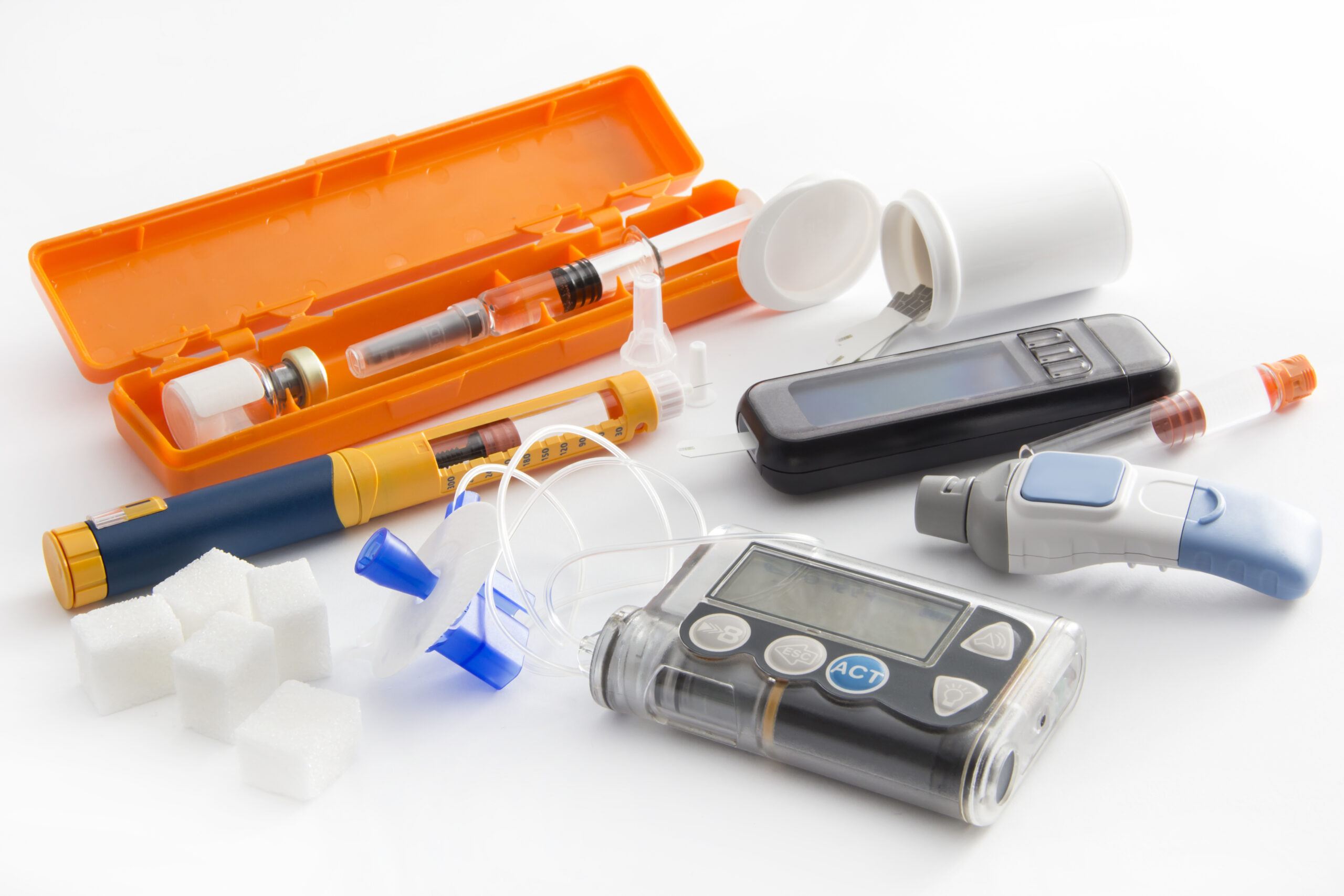In the realm of medical technology, the design of medical devices is crucial for ensuring usability and safety. One of the most critical aspects of this design is the concept of affordances. Introduced by psychologist James J. Gibson in 1977, affordances refer to the qualities of an object that suggest how it should be used. For medical devices, affordances can significantly impact user interaction and ultimately affect patient outcomes. This blog post explores the importance of affordances in medical devices, offering detailed examples and illustrations to enhance understanding.
Understanding Affordances
What Are Affordances?
Affordances in medical devices refer to the tangible aspects of the design that intuitively guide users in their interaction with the device. These can include shapes, sizes, textures, and other physical features that imply how the device should be used. Affordances are often confused with, and are very similar to, signifiers!
Importance of Affordances
- Intuitiveness: Affordances make medical devices easier to understand and use without extensive training.
- Safety: By guiding correct usage, affordances help prevent misuse that could lead to errors or injuries.
- Efficiency: Well-designed affordances allow for quicker, more accurate usage, enhancing workflow in medical settings.
Key Examples of Affordances in Medical Devices
1. Insulin Pens
Insulin pens are a common medical device for diabetic patients. Their design includes several affordances that enhance usability.
- Ergonomic Grip: The shape and texture of the insulin pen are designed to fit comfortably in the user’s hand, making it easy to hold and control.
- Dose Knob: The dose knob is often textured or ridged, providing tactile feedback that differentiates it from the smooth body of the pen. This design ensures users can easily identify and adjust the dosage.

2. Defibrillators
Automated External Defibrillators (AEDs) are critical devices used in emergencies. Their physical design affordances are crucial for ensuring proper use.
- Handle and Pads: The handle of an AED is typically large and easy to grasp, facilitating pulling or lifting. The electrode pads are shaped to fit only one way on the patient’s body, reducing the risk of incorrect placement.
- Buttons: AEDs have large, buttons for power and shock delivery, ensuring they can be operated quickly even under stress.

3. Syringes
Syringes are simple yet essential medical devices, and their design features several affordances.
- Plunger: The plunger is designed to fit comfortably under the thumb, providing a natural place for the user to apply pressure.
- Barrel: The barrel is transparent with clear markings, allowing users to see and measure the liquid inside accurately.

Principles of Designing Effective Affordances
1. Simplicity
Devices should be designed with simplicity in mind. Complex designs can confuse users, leading to misuse. Simple, clear affordances make devices more intuitive and easier to operate.
2. Visibility
Key elements should be highly visible. Users should not struggle to locate buttons, handles, or other critical components. High visibility reduces the likelihood of errors.
3. Feedback
Physical feedback, such as the click of a button or the texture of a surface, is essential. It confirms to the user that they have performed an action correctly, enhancing confidence and accuracy.
4. Error Prevention
Design features that prevent errors are crucial. For example, connectors that only fit in one orientation help ensure that components are assembled correctly, reducing the risk of mistakes.
5. Consistency
Consistent design across devices helps users develop a mental model of how similar devices should be used. This familiarity improves efficiency and reduces the learning curve for new devices.
Challenges in Designing Affordances
1. Diverse User Base
Medical devices are used by a wide range of individuals, from highly trained professionals to patients with no medical background. Designing affordances that cater to this diverse user base is challenging.
2. Complex Medical Procedures
Some medical devices are used in complex procedures where precision is critical. Ensuring that affordances guide users accurately without oversimplifying these procedures requires careful design.
3. Regulatory Constraints
Medical devices must comply with strict regulatory standards to ensure safety and efficacy. These regulations can sometimes limit design choices, making it harder to implement certain affordances.
Future Trends in Affordances
1. Advanced Materials
The use of advanced materials, such as flexible plastics and smart polymers, is expanding the possibilities for affordances in medical devices. These materials can create more intuitive and responsive designs.
2. User-Centered Design
Involving end-users in the design process ensures that affordances meet their needs. User-centered design approaches are becoming more common, leading to more effective and user-friendly devices.
3. Integration with Technology
As medical devices integrate with digital health technologies, new affordances are emerging. For example, devices that connect to apps can provide real-time feedback and guidance through their physical interface.
Conclusion
Affordances in medical devices are critical for ensuring usability and safety. As technology advances and user-centered design approaches become more prevalent, the potential for innovative affordances will continue to grow, leading to better patient outcomes and more efficient healthcare practices.
Understanding and applying the principles of affordances in medical device design is essential for innovation and excellence in the medical field. Prioritizing these elements can significantly enhance the usability and safety of medical devices, ultimately improving patient care.
Contact us to learn more about medical device design and how we can assist your human factors needs.




